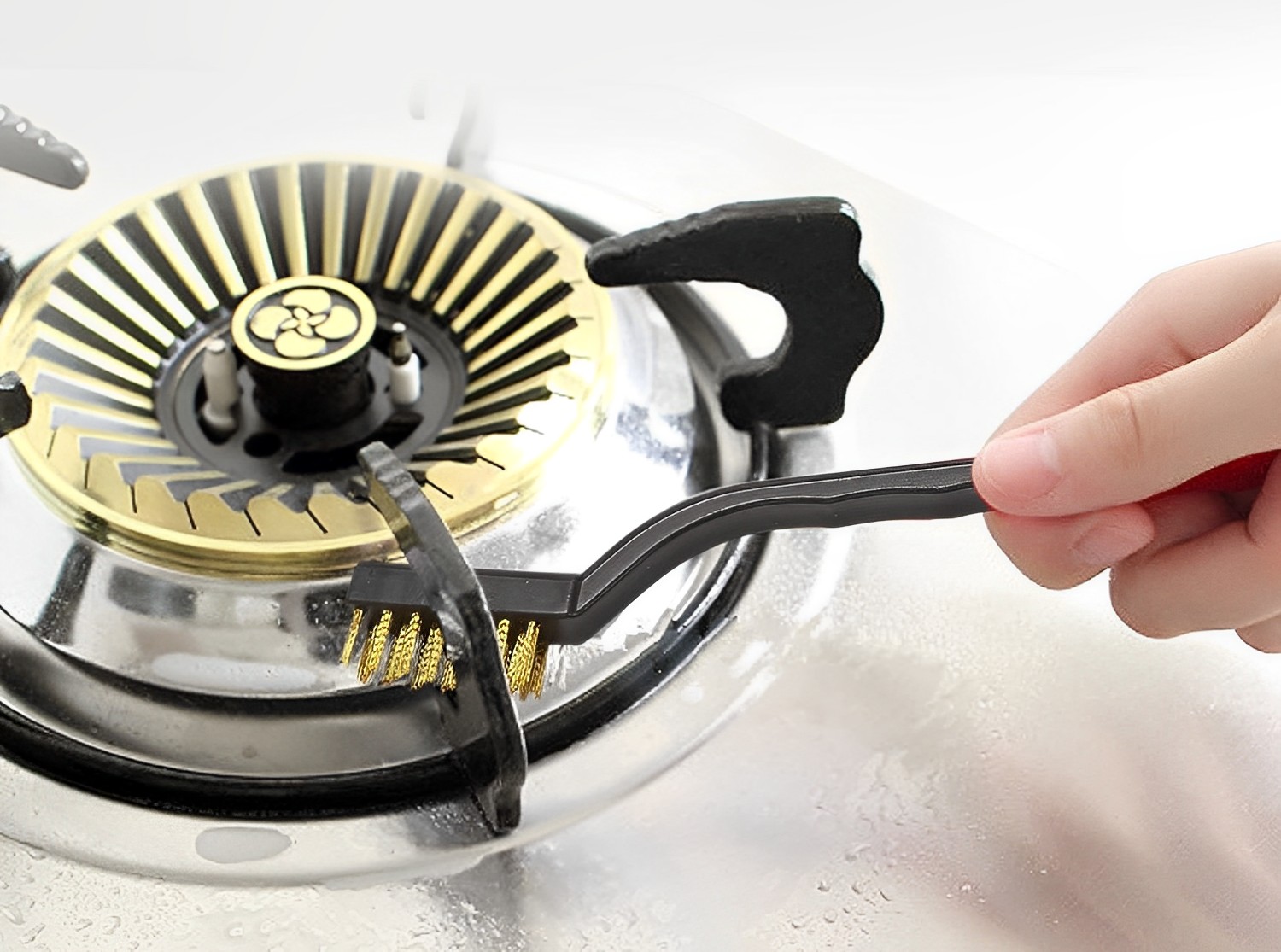

Articles
How To Clean Brass Stove Burners
Modified: December 7, 2023
Learn the best techniques and tips for cleaning brass stove burners in this informative article. Find out how to remove stubborn stains and restore the shine to your stove burners.
(Many of the links in this article redirect to a specific reviewed product. Your purchase of these products through affiliate links helps to generate commission for Storables.com, at no extra cost. Learn more)
Introduction
Brass stove burners are a common fixture in many kitchens, known for their durability and aesthetic appeal. However, over time, they can accumulate dirt, grime, and even stubborn stains that make them look dull and tarnished. Cleaning brass stove burners is essential not only for maintaining their visual charm but also for ensuring their optimal functionality.
In this article, we will explore an effective method for cleaning brass stove burners to restore their shine and remove any built-up residue. By following these simple steps, you can keep your stove burners looking pristine and performing at their best.
Before we dive into the cleaning process, it’s important to understand the nature of brass. Brass is a metal alloy that consists primarily of copper and zinc. It is prized for its unique golden appearance and resistance to corrosion. However, brass is prone to tarnishing, especially when exposed to air, moisture, and various contaminants.
To clean brass stove burners effectively, we will be using a homemade cleaning solution that combines the power of vinegar, baking soda, and dish soap. This solution is gentle yet effective in removing stains, grease, and other residues without causing damage to the brass.
Before getting started, gather the necessary materials, including a large dish or basin, white vinegar, baking soda, dish soap, a scrub brush or sponge, and clean towels for drying. Once you have everything prepared, follow the steps outlined in this article to clean your brass stove burners.
Now that we have an overview of what to expect, let’s move on to the next section and learn how to prepare the cleaning solution.
Key Takeaways:
- Regularly cleaning brass stove burners with a homemade solution of vinegar, baking soda, and dish soap can effectively remove dirt, grease, and tarnish, restoring their shine and optimal functionality.
- Safely removing, soaking, scrubbing, rinsing, and drying brass stove burners is essential for maintaining their visual appeal and preventing water spots or corrosion, ensuring their longevity and performance.
Understanding Brass Stove Burners
Before we delve into the cleaning process, it’s important to have a basic understanding of brass stove burners. Brass is a metal alloy that consists primarily of copper and zinc. It is commonly used in the manufacturing of various household items, including stove burners, due to its durability and resistance to corrosion.
Brass stove burners not only serve a functional purpose but also add a touch of elegance to any kitchen. They are known for their distinct golden color and smooth surface. However, over time, dirt, grease, and other residues can accumulate on the surface of brass burners, causing them to lose their shine and luster.
Tarnishing is a common issue with brass, and it occurs when the metal reacts with elements in the environment, such as oxygen and moisture. When brass burners are exposed to air and other contaminants, a chemical reaction takes place, resulting in the formation of a layer of tarnish on the surface.
Aside from tarnishing, brass burners can also become coated with stubborn grease and food residues that are difficult to remove through regular cleaning methods. This build-up can not only affect the appearance of the burners but also impair their functionality, leading to uneven heat distribution and poor flame output.
To ensure the optimal performance and longevity of your brass stove burners, it is important to clean them regularly using appropriate cleaning methods. This will help to remove tarnish, grease, and other residues, restoring the natural shine and functionality of the burners.
When cleaning brass burners, it is crucial to use gentle yet effective cleaning solutions that will not cause damage to the metal. Harsh chemicals and abrasive cleaners should be avoided, as they can scratch the surface of the burners and potentially strip away the protective coating.
In the next section, we will discuss how to prepare a homemade cleaning solution that is safe and effective for cleaning brass stove burners. By using this homemade solution, you can effectively remove tarnish, grease, and other residues, bringing back the shine and beauty of your brass burners.
Preparing the Cleaning Solution
Before we begin cleaning the brass stove burners, it is necessary to prepare a homemade cleaning solution that will effectively remove dirt, grease, and tarnish. This solution is easy to make and consists of ingredients that are readily available in most households.
To prepare the cleaning solution, you will need the following materials:
- White vinegar
- Baking soda
- Dish soap
- A large dish or basin
Start by filling the large dish or basin with equal parts white vinegar and water. The acidity of vinegar helps to break down grease and tarnish on the brass stove burners.
Next, add a few tablespoons of baking soda to the vinegar and water mixture. Baking soda is a natural abrasive that helps to gently scrub away stains and residues from the burners.
Finally, add a small amount of dish soap to the mixture. This will help to cut through any grease or grime that has accumulated on the burners.
Mix the ingredients well until they are thoroughly combined. The resulting solution should have a slightly foamy texture, which indicates that the ingredients are working together to break down dirt and tarnish.
Now that you have prepared the cleaning solution, you are ready to move on to the next step – removing the burners from the stove.
Note: Before using the cleaning solution, it is always a good idea to test it on a small, inconspicuous area of the brass burner to ensure that it does not cause any discoloration or damage.
In the next section, we will discuss the proper way to remove the burners from the stove in order to clean them more effectively.
Removing the Burners from the Stove
Before you can effectively clean your brass stove burners, it is important to remove them from the stove. This allows for better access to all areas of the burners, ensuring a thorough cleaning. Follow these steps to safely remove the burners:
- Ensure that the stove is turned off and completely cool before starting the removal process. This will prevent any accidental burns or injuries.
- Locate the burner knobs or control panel on your stove. Turn off all the burners and disconnect the gas or electricity supply, depending on the type of stove you have. Safety should always be a priority when working with any kitchen appliance.
- Once the burners are turned off and disconnected, wait for them to cool down before proceeding further. This will prevent any potential burns while handling the burners.
- Identify the burner caps or grates that cover the brass stove burners. These can usually be lifted or removed by hand, but if they are stuck, refer to your stove’s user manual for specific instructions on how to remove them.
- After removing the burner caps or grates, you will see the brass burners exposed. Some burners may be held in place by screws or brackets. Carefully unscrew or detach these fasteners using the appropriate tools, such as a screwdriver or pliers.
- Gently lift the burners out of their position on the stove. Be mindful of their weight to avoid dropping or damaging them. If necessary, ask for assistance to ensure they are safely removed from the stove.
Now that you have successfully removed the burners from the stove, you can proceed to the next step – soaking the burners in the cleaning solution.
Note: Remember the specific steps for removing the burners may vary depending on the make and model of your stove. It is always a good idea to refer to the manufacturer’s instructions or consult the user manual for guidance.
Soaking the Burners in the Cleaning Solution
Now that the brass burners have been successfully removed from the stove, it’s time to immerse them in the prepared cleaning solution. This step allows the solution to penetrate and dissolve any built-up dirt, grease, and tarnish on the burners. Follow these steps to properly soak the burners:
- Take the large dish or basin containing the cleaning solution that you prepared earlier.
- Submerge the brass burners into the solution, ensuring that they are completely covered.
- Allow the burners to soak in the solution for at least 30 minutes. This will give the cleaning solution enough time to work its magic and loosen any stubborn residue.
- If there are any heavy stains or tough residues on the burners, you can leave them to soak for longer, up to an hour or two. This extended soaking time will help to further loosen and dissolve the stubborn grime.
- While the burners are soaking, you can take the opportunity to clean other removable parts of the stove, such as burner caps or grates, using the same cleaning solution. This will ensure a thorough cleaning of all components.
During the soaking process, ensure that the cleaning solution does not dry out. If necessary, add more solution or water to keep the burners submerged and the solution active.
Soaking the burners in the cleaning solution helps to soften and loosen the dirt, grease, and tarnish, making it easier to clean them in the next steps. The solution’s vinegar, baking soda, and dish soap combination works together to break down the residue and restore the shine of the brass.
Once the burners have soaked for the recommended time, you can move on to the next step – scrubbing the burners to remove any remaining grime and stains.
Note: While the burners are soaking, it is important to ensure that the cleaning solution is kept out of reach of children and pets. Also, remember to work in a well-ventilated area as the vinegar smell can be strong.
To clean brass stove burners, remove them from the stove and soak in a mixture of equal parts vinegar and water for 30 minutes. Scrub with a brush and rinse thoroughly before replacing.
Read more: How To Clean Stove Burners And Grates
Scrubbing the Burners
After allowing the burners to soak in the cleaning solution, it’s time to tackle the dirt, grease, and tarnish that has loosened. Scrubbing the burners will help to remove any remaining grime and stains, bringing back their natural shine. Follow these steps to effectively scrub the brass burners:
- Using a scrub brush or sponge, gently scrub the brass burners to remove any loosened residue. Start by focusing on the areas with heavy stains or stubborn grime.
- Apply some additional cleaning solution to the scrub brush or sponge as needed to aid in the scrubbing process. The baking soda’s mild abrasiveness will help to lift and remove the dirt and tarnish from the surface.
- Pay special attention to the burner grate or ring and any intricate designs or crevices on the burners. Use a toothbrush or a small brush to reach those difficult-to-clean areas.
- Continue scrubbing until you have thoroughly cleaned all surfaces of the burners. Take your time and be thorough, ensuring that no residue remains.
- Rinse the scrubbed burners with clean water to remove any lingering cleaning solution or debris. This will prevent any residue from being left behind, which could affect the appearance and functionality of the burners.
- Inspect the burners to ensure that they are clean and free from stains or grime. If there are any stubborn spots that haven’t fully come clean, you can repeat the scrubbing process or use a brass cleaner specifically designed for removing tarnish.
Remember to be gentle when scrubbing the burners to avoid any potential damage to the brass surface. Brass is a relatively soft metal, and excessive force or abrasive materials can cause scratches or remove the protective coating.
Once you are satisfied with the cleanliness of the burners, you can proceed to the next step – rinsing and drying them.
Note: It is important to protect your hands during the scrubbing process by wearing gloves, as the cleaning solution and scrubbing can be harsh on the skin.
Rinsing and Drying the Burners
Now that you have successfully scrubbed the brass burners to remove dirt, grease, and tarnish, it’s time to rinse off any remaining residue and dry them thoroughly. Proper rinsing and drying are essential for restoring the shine and preventing water spots or corrosion. Follow these steps to effectively rinse and dry the burners:
- Start by thoroughly rinsing the scrubbed burners under running water. Make sure to remove any traces of the cleaning solution and leftover debris.
- Pay close attention to the smaller crevices and hard-to-reach areas of the burners. Use a gentle stream of water to ensure that all residue is washed away.
- To ensure a spot-free finish, you can also fill a basin or sink with clean water and give the burners a final rinse by submerging them. This will help to remove any remaining traces of the cleaning solution.
- Gently shake off any excess water from the burners, or pat them dry with a clean, lint-free towel.
- To prevent water spots or stains, use a dry, soft cloth to completely dry the burners. Ensure that all moisture is removed, especially in the smaller crevices and intricate details.
- Set the burners aside on a clean surface to air dry completely. This will allow any remaining moisture to evaporate before reassembling the stove.
Properly rinsing and drying the burners not only enhances their appearance but also prevents the development of water spots or corrosion that can occur when moisture is left on the brass surface.
Take your time with the drying process to ensure that the burners are completely free from moisture. This will help to maintain the condition of the brass and minimize the risk of any damage or deterioration.
Now that the burners are rinsed and dried, you are ready to reassemble them and test their functionality.
Note: If desired, you can apply a brass polish or tarnish inhibitor to further protect the burners and maintain their shine. However, take caution to choose a product specifically designed for use on brass and follow the manufacturer’s instructions.
Reassembling and Testing the Stove Burners
After cleaning, rinsing, and drying the brass stove burners, it’s time to reassemble them and test their functionality. Follow these steps to ensure proper reassembly and to verify that the burners are working as expected:
- Take the dried brass burners and carefully place them back into their respective positions on the stove. Make sure they are aligned correctly and sit securely.
- If there were any screws or brackets holding the burners in place, reattach them using the appropriate tools such as a screwdriver or pliers. Ensure they are tightened properly but not overly tightened to avoid damaging the burners.
- Place the burner caps or grates back on top of the brass burners, ensuring they are properly aligned to form a stable cooking surface.
- Double-check that all connections, knobs, and controls are in their correct positions, and that the gas or electricity supply is properly connected, depending on the type of stove you have.
- Once everything is reassembled, perform a visual inspection to ensure that everything is in place and the burners are securely positioned.
- Turn on the burners and test each one individually to ensure they are functioning properly. Observe the flame output and check for any irregularities, such as uneven flames or gas leaks. If you notice any issues, turn off the burners immediately and consult a professional for assistance.
- Allow the burners to heat up for a few minutes and observe that the flames are consistent and stable.
If all burners are functioning as expected, then you have successfully cleaned, reassembled, and tested your brass stove burners. They should now be restored to their original shine and perform optimally for your cooking needs.
Congratulations on completing the cleaning process and taking the necessary steps to maintain the beauty and functionality of your brass stove burners!
Remember to clean the burners regularly to prevent the build-up of dirt and grime. Routine maintenance will help to extend the lifespan of your brass burners and keep them looking their best for years to come.
Now that you are done, enjoy cooking on your sparkling clean brass stove burners!
Conclusion
Cleaning brass stove burners is not only crucial for maintaining their visual appeal but also for ensuring optimal functionality. With the right cleaning solution and proper techniques, you can effectively remove dirt, grease, and tarnish from the burners, restoring their shine and performance.
Throughout this article, we have explored a step-by-step process for cleaning brass stove burners. We began by understanding the nature of brass and the common issues it faces, such as tarnishing and build-up of residue. Then, we learned how to prepare a homemade cleaning solution using vinegar, baking soda, and dish soap – a gentle yet effective combination for cleaning brass.
Next, we discovered the importance of removing the burners from the stove to ensure a thorough cleaning. We discussed the steps for safely removing the burners, emphasizing the need to refer to the stove’s user manual if needed.
We then moved on to soaking the burners in the cleaning solution, allowing it to penetrate and dissolve dirt, grease, and tarnish. After the soaking process, we scrubbed the burners to remove any remaining residue, paying attention to intricate details and hard-to-reach areas.
Rinsing and drying the burners followed, where we ensured all cleaning solution residue was thoroughly removed and the burners were dried completely to prevent water spots or corrosion.
Finally, we discussed the reassembly of the burners and the importance of testing their functionality. By reassembling and testing the burners, we verified their proper placement and checked for any irregularities or issues.
By following these steps and incorporating regular maintenance, you can enjoy the beauty and performance of your brass stove burners for years to come.
Remember, safety should always be a priority when working with any kitchen appliances, and it’s essential to use gentle cleaning methods to avoid damaging the brass surface. Additionally, consult the manufacturer’s instructions or seek professional assistance if needed.
Now armed with the knowledge and techniques for cleaning brass stove burners, you can confidently keep your burners looking pristine and functioning at their best.
Frequently Asked Questions about How To Clean Brass Stove Burners
Was this page helpful?
At Storables.com, we guarantee accurate and reliable information. Our content, validated by Expert Board Contributors, is crafted following stringent Editorial Policies. We're committed to providing you with well-researched, expert-backed insights for all your informational needs.
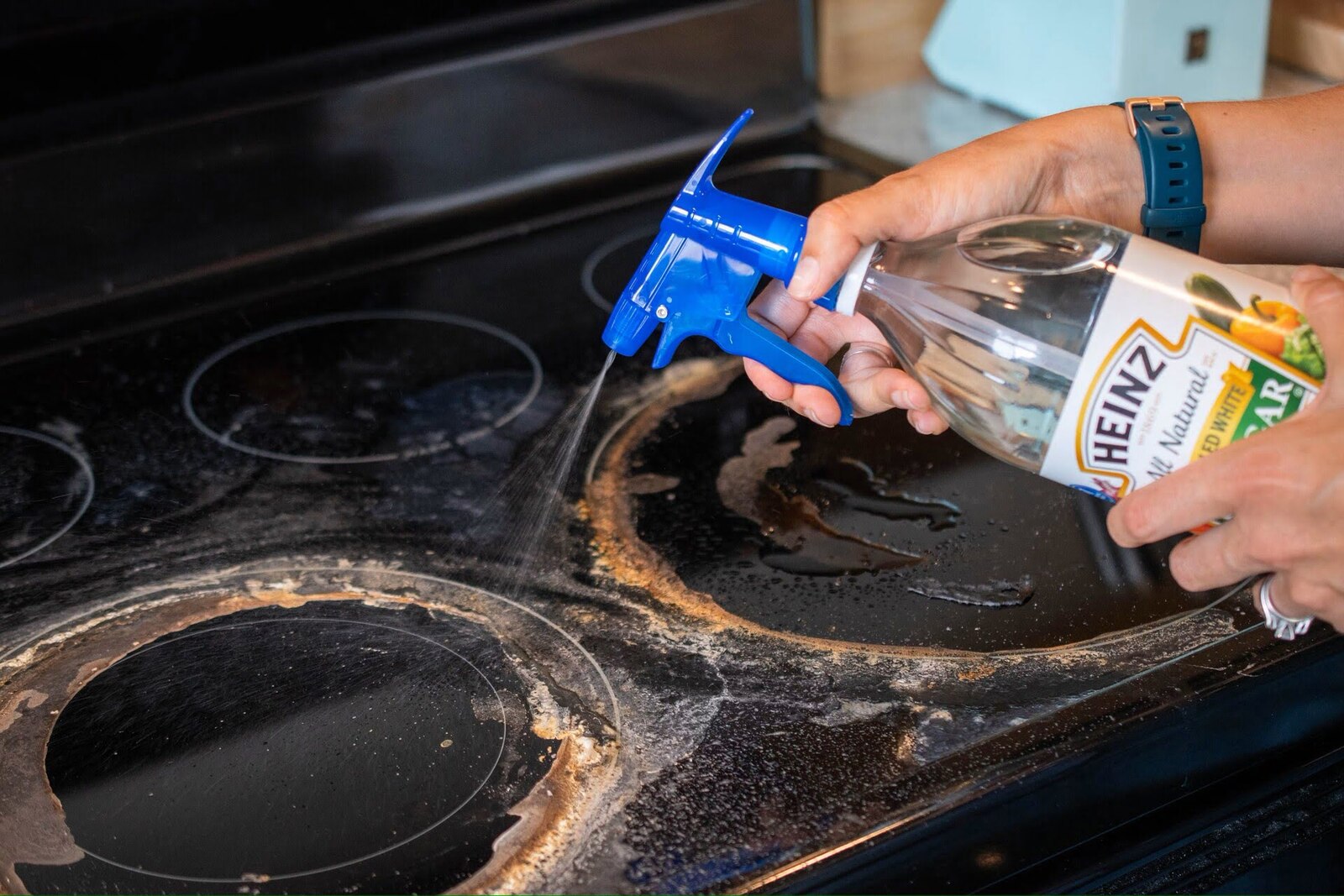
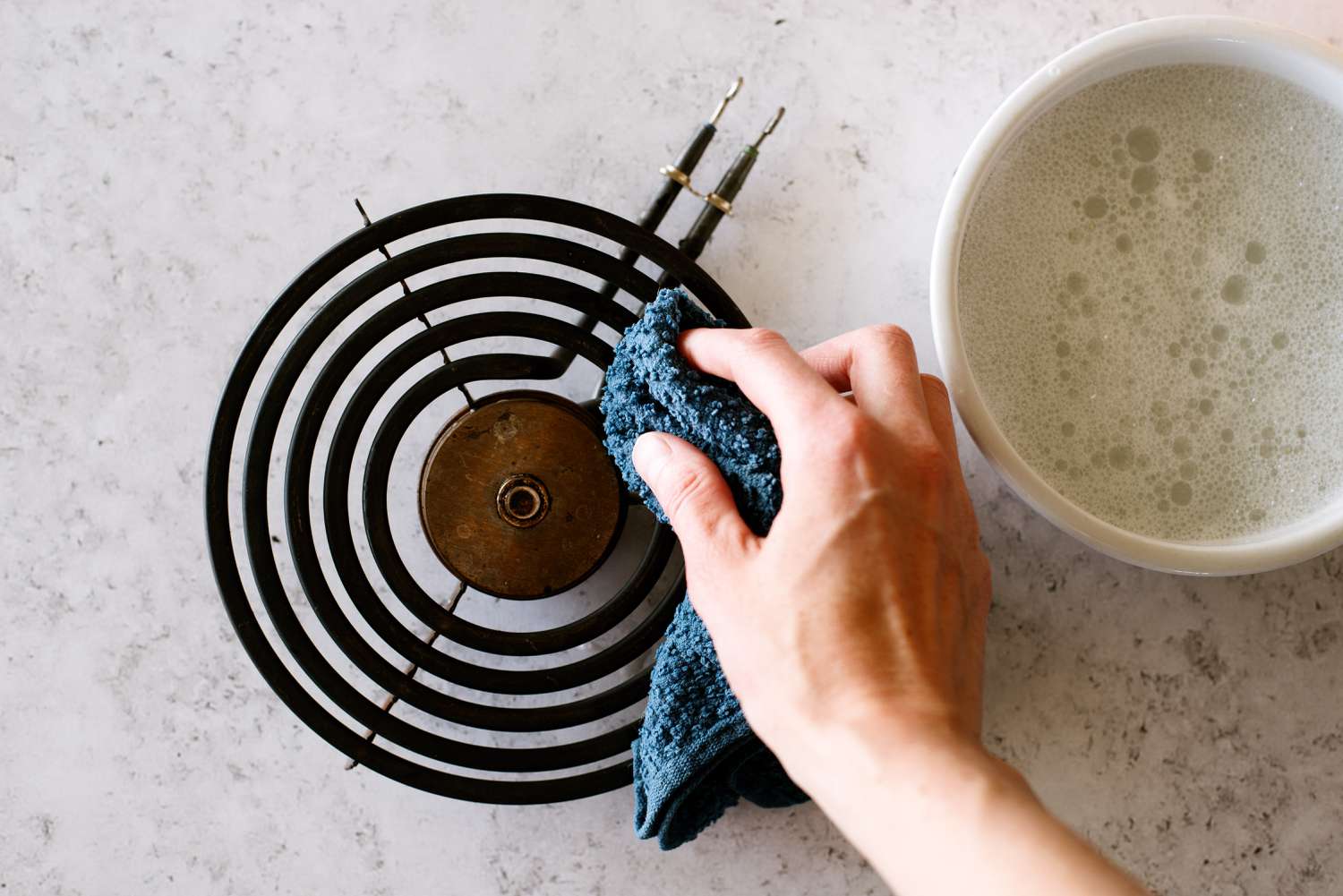
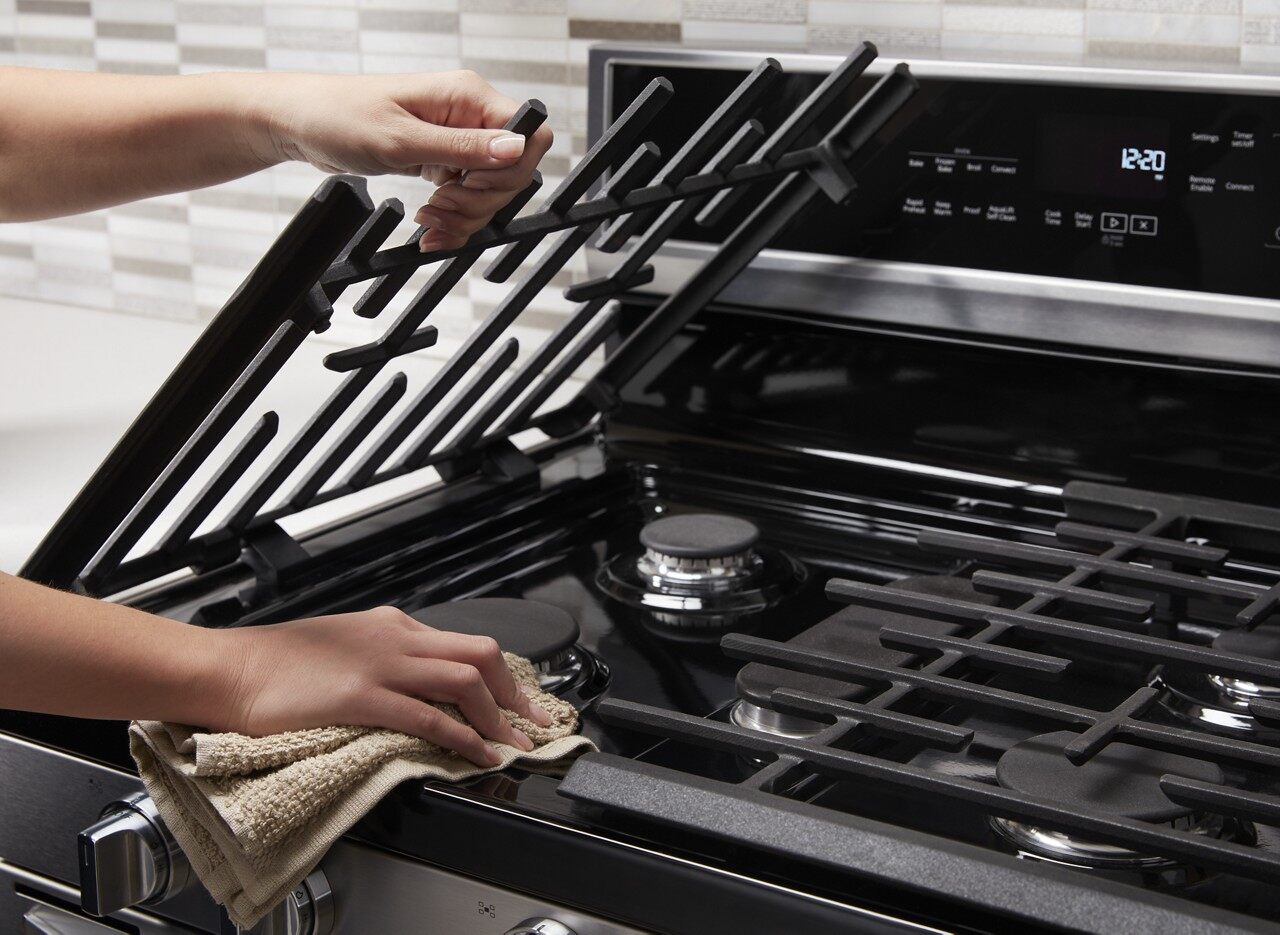
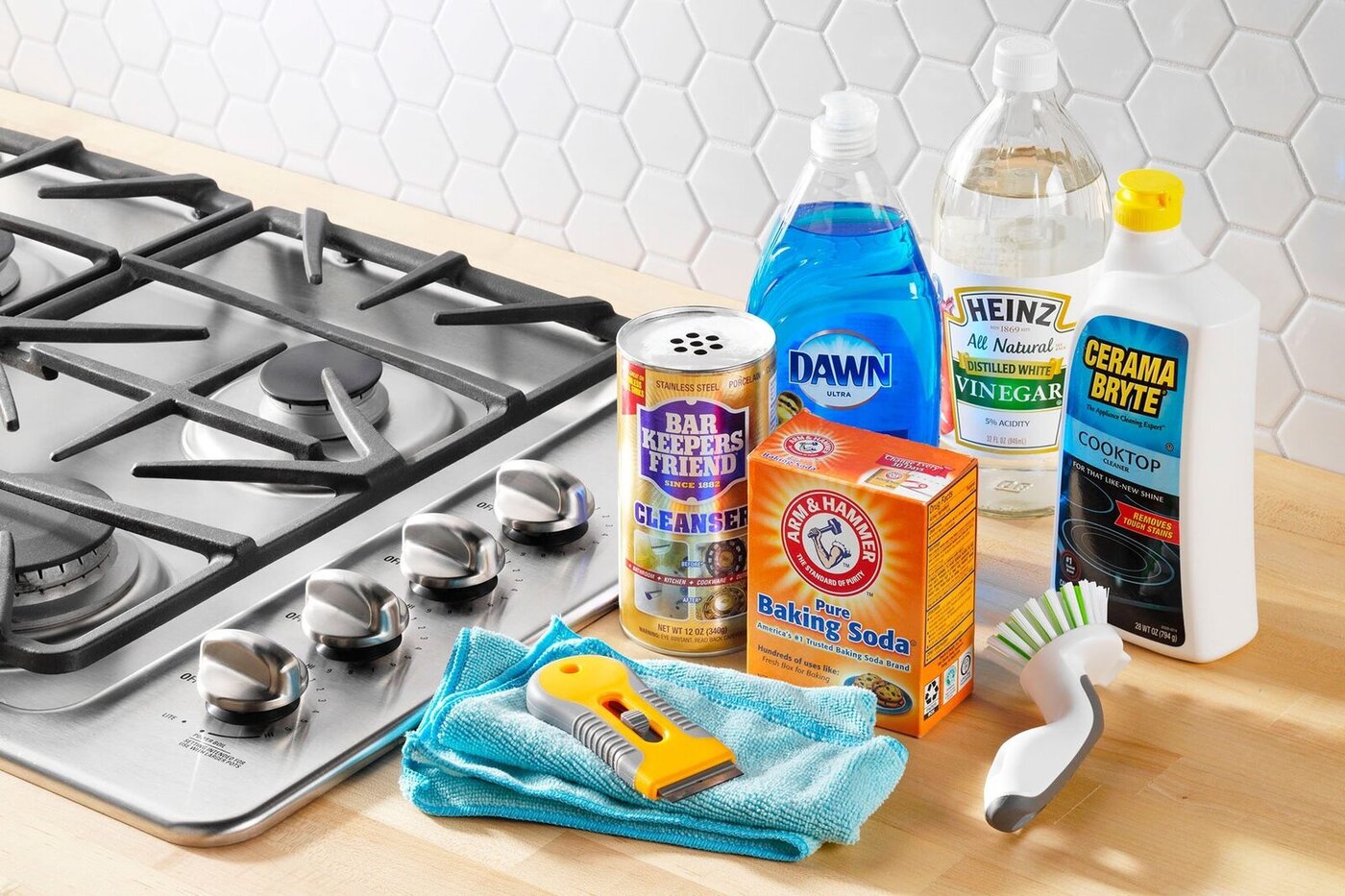
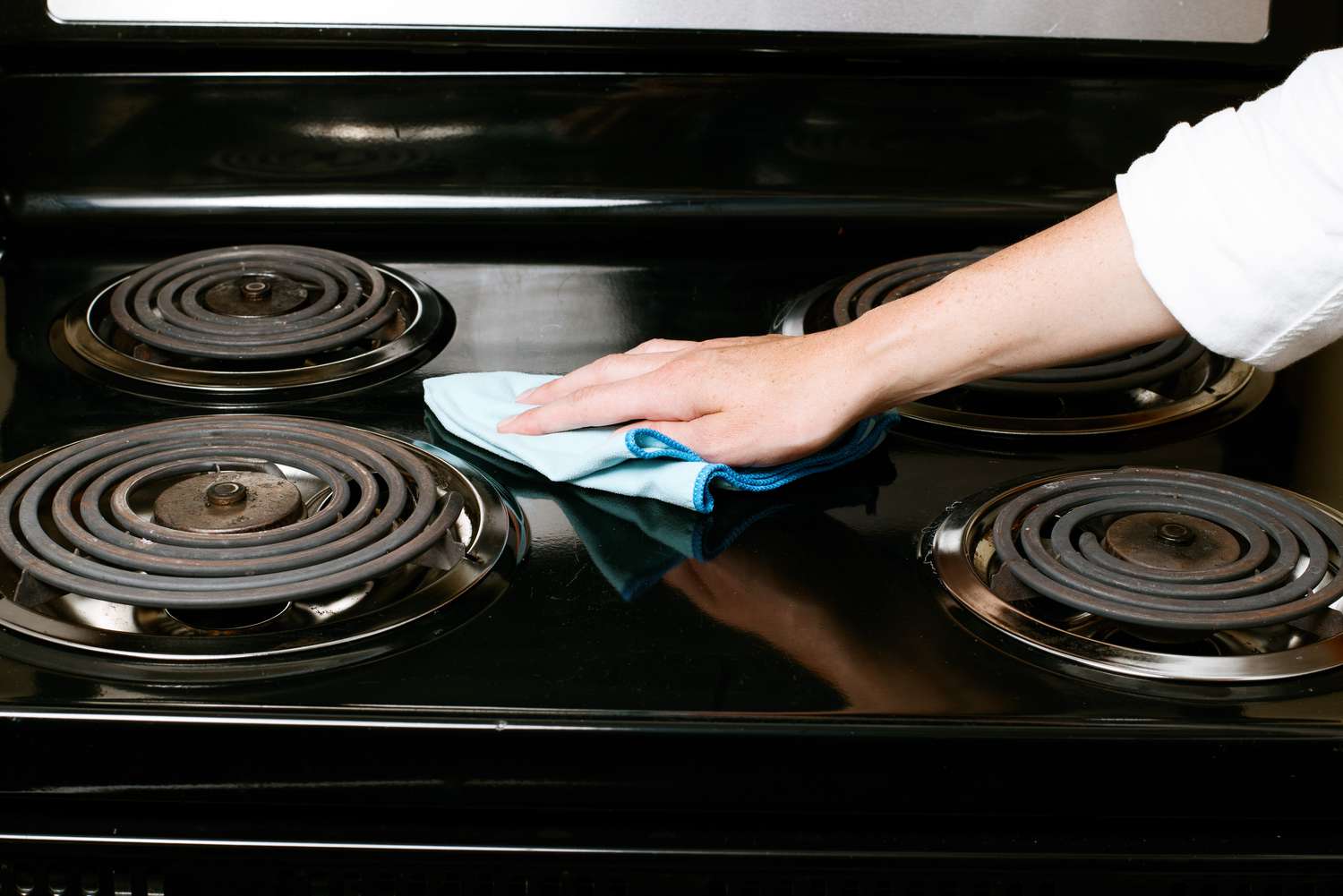
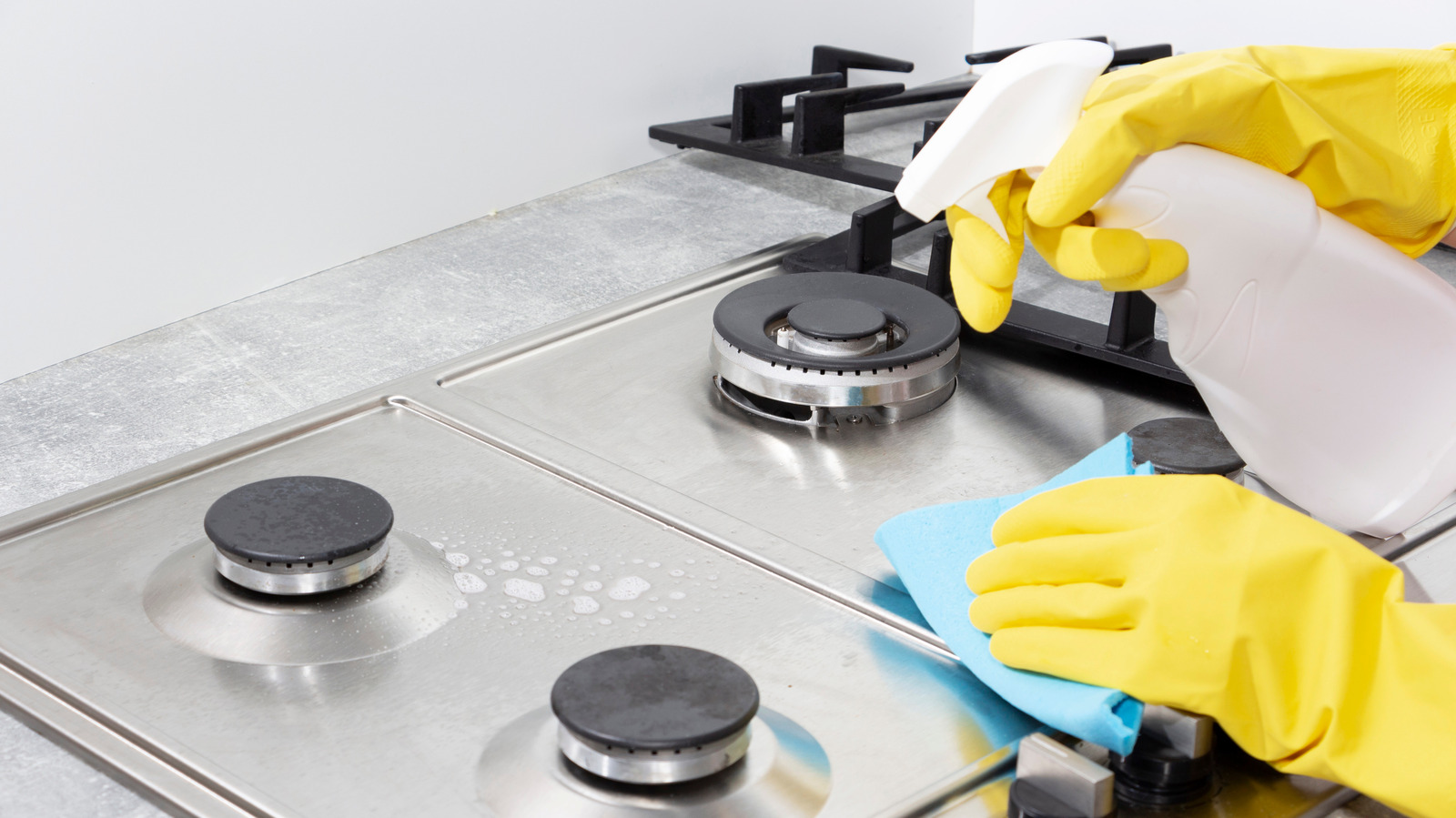
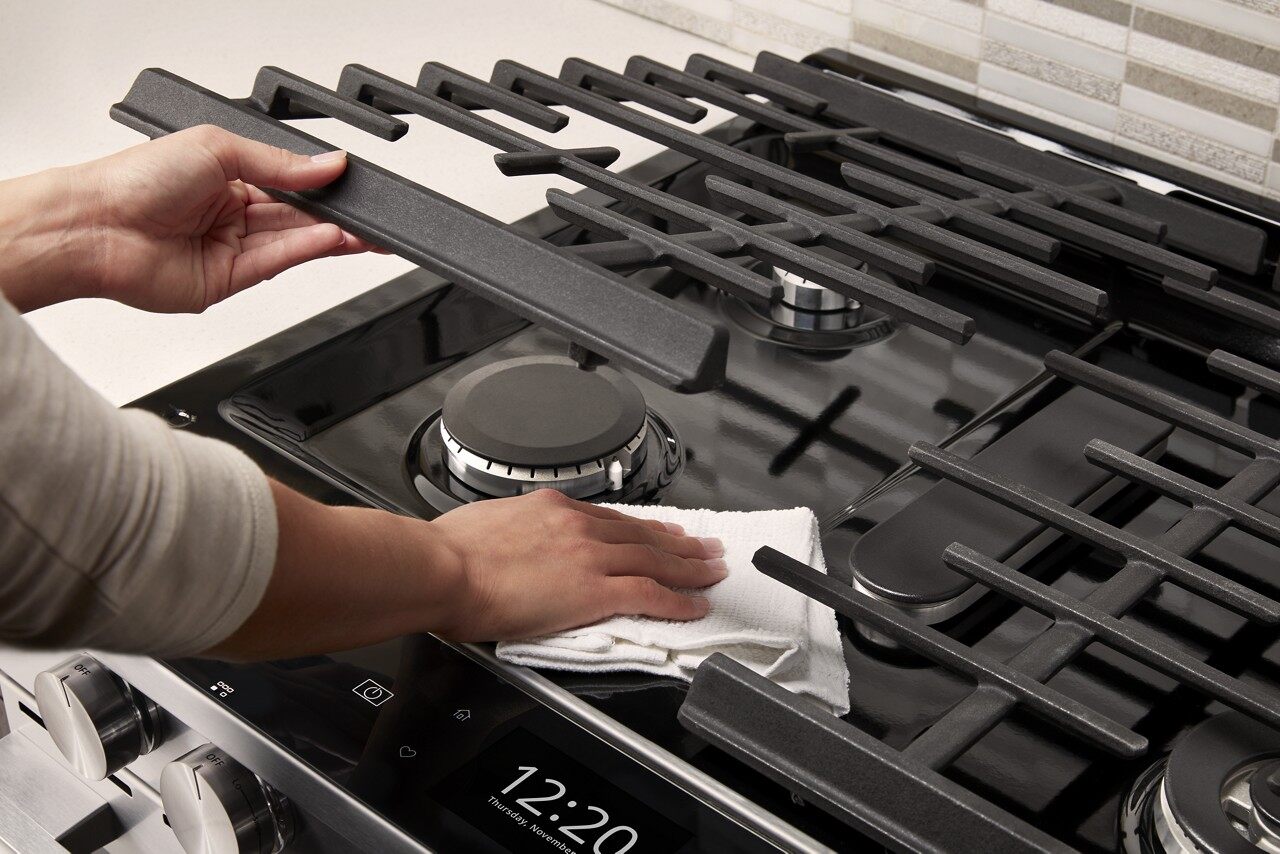
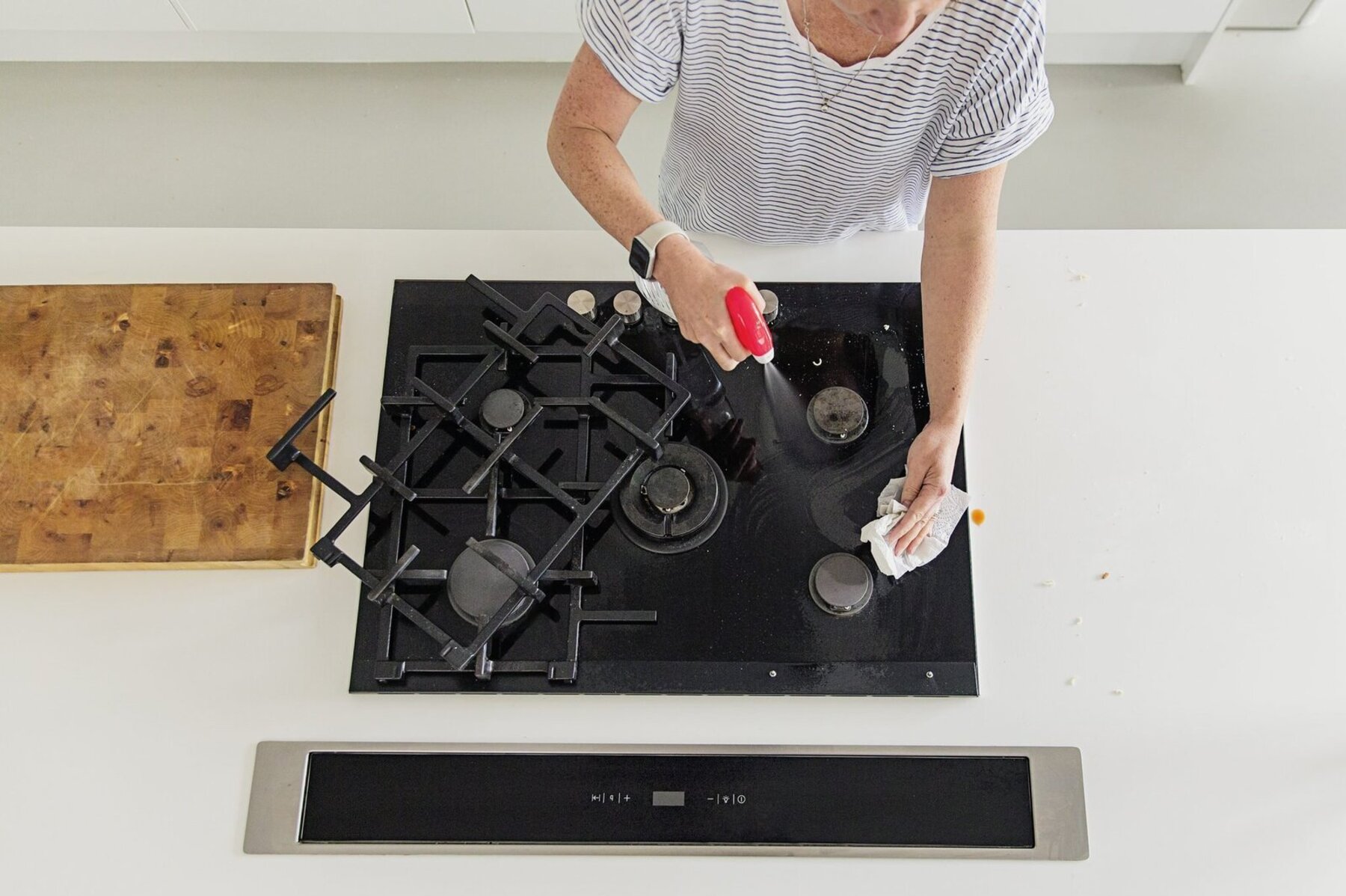
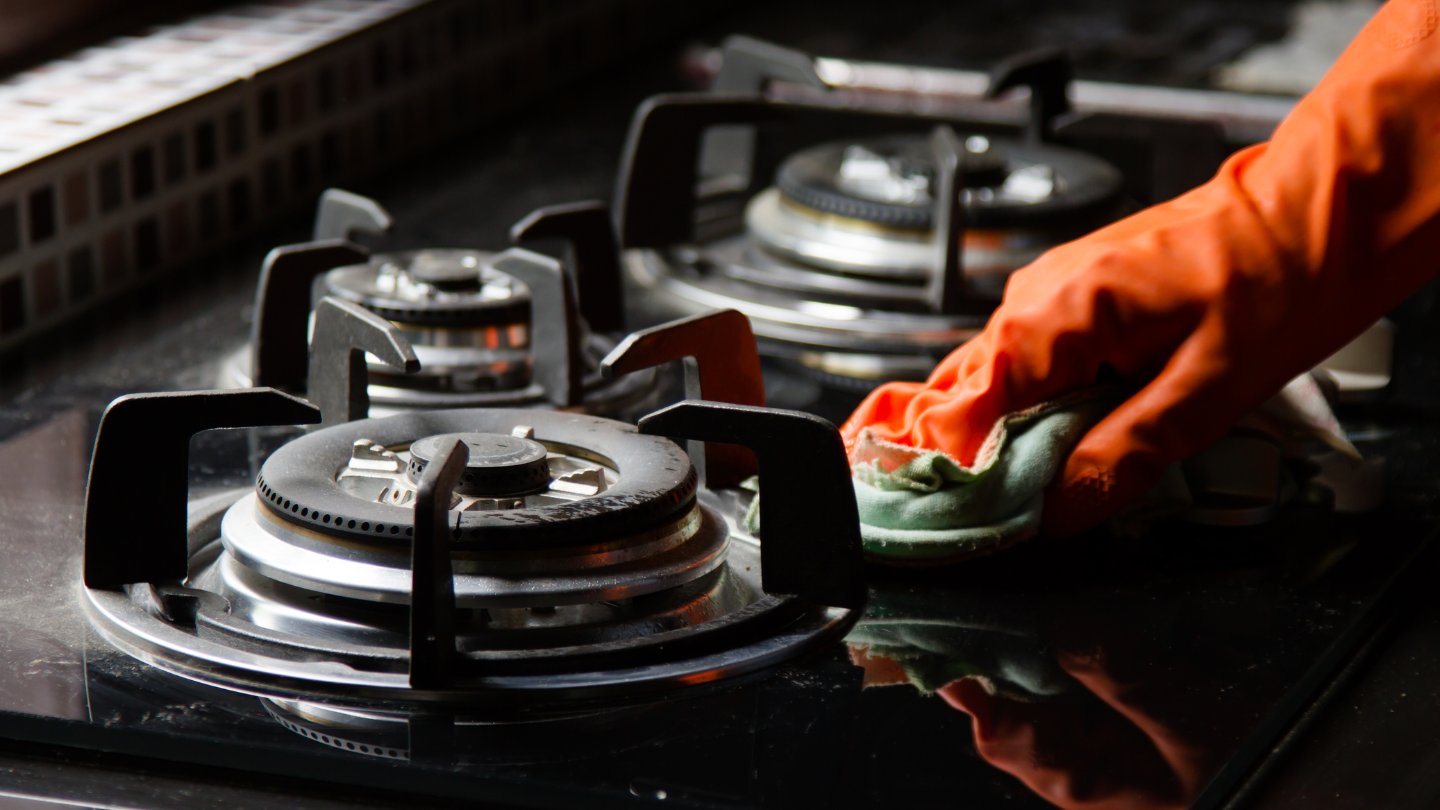
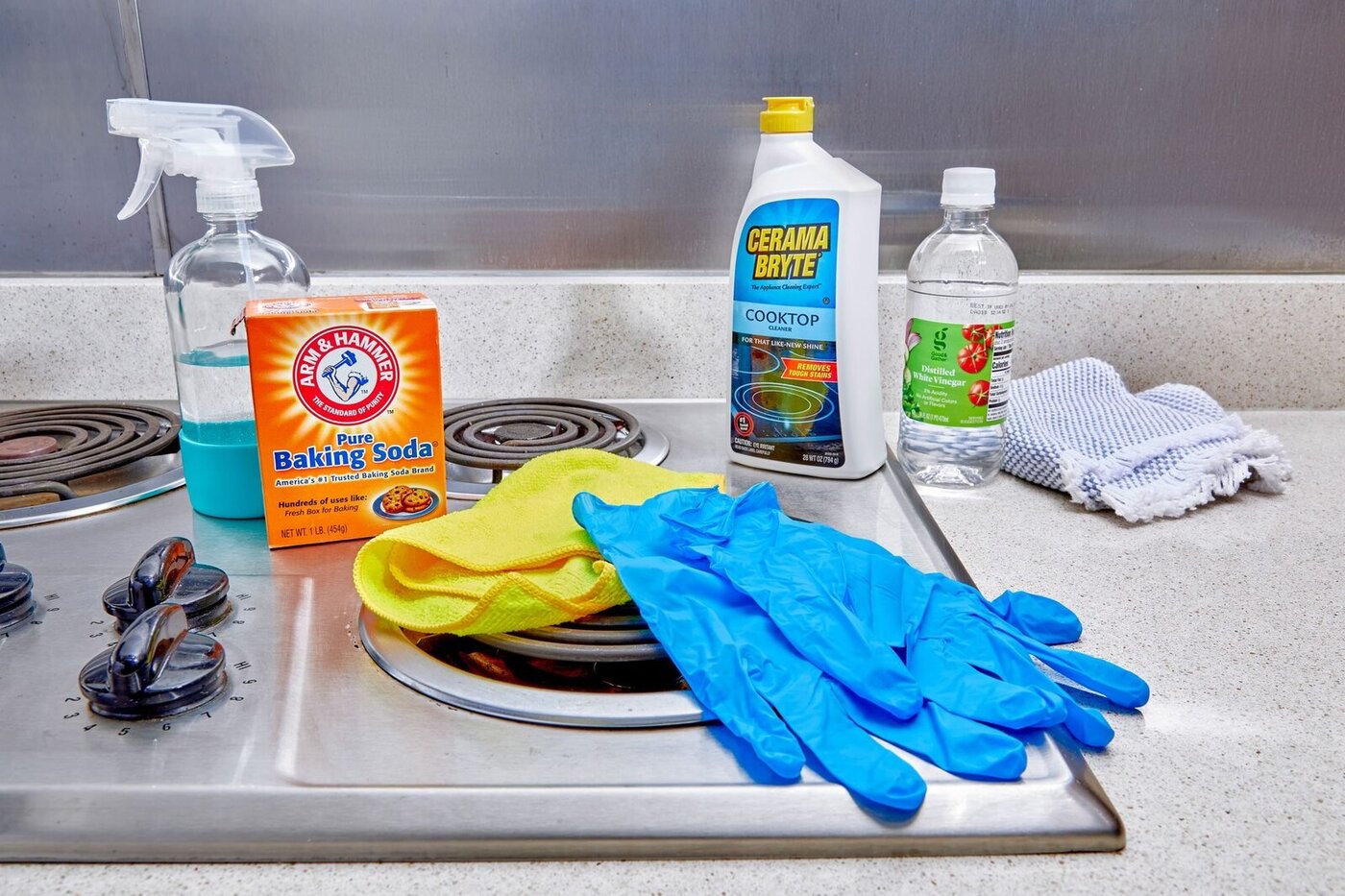
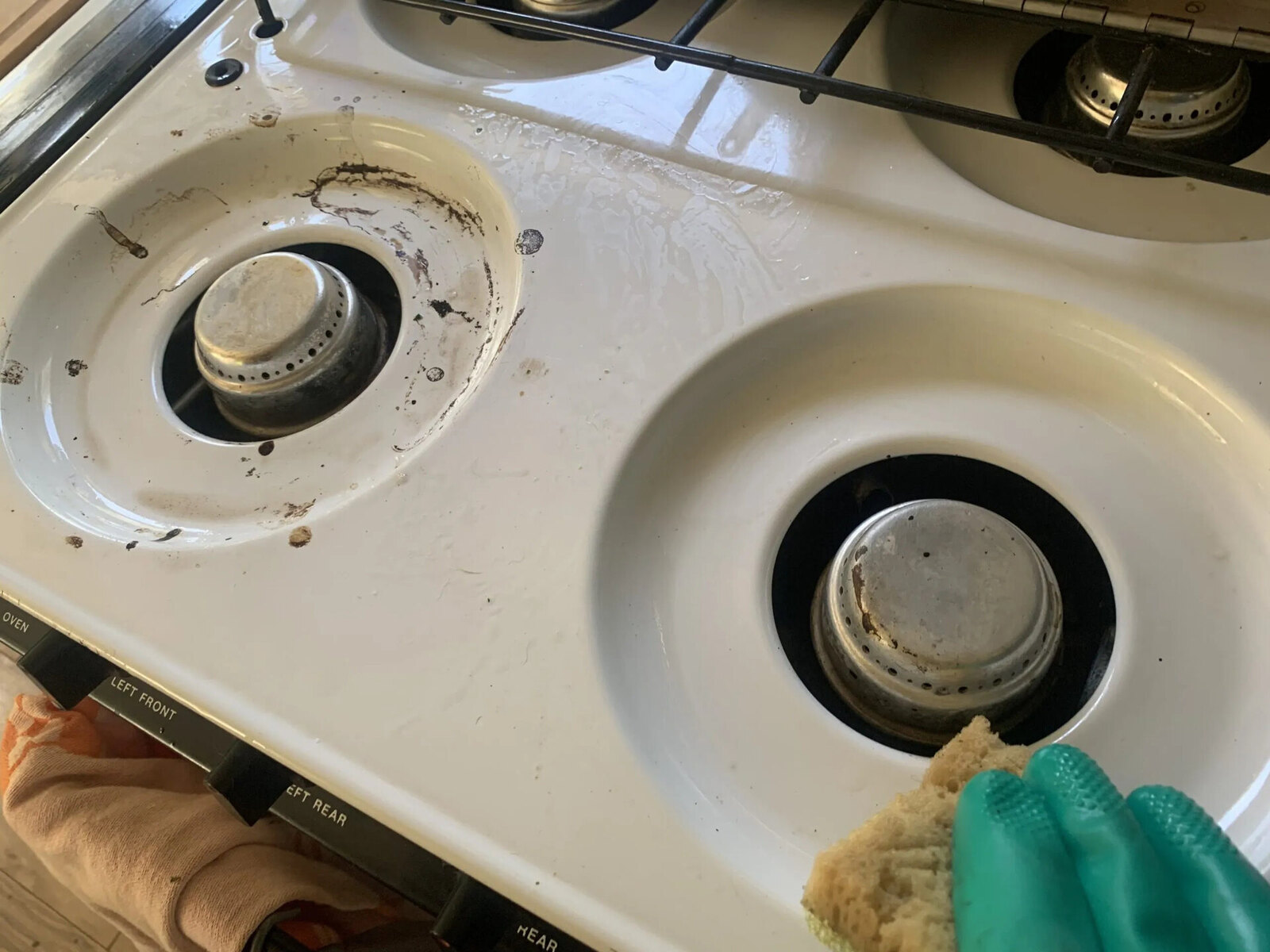
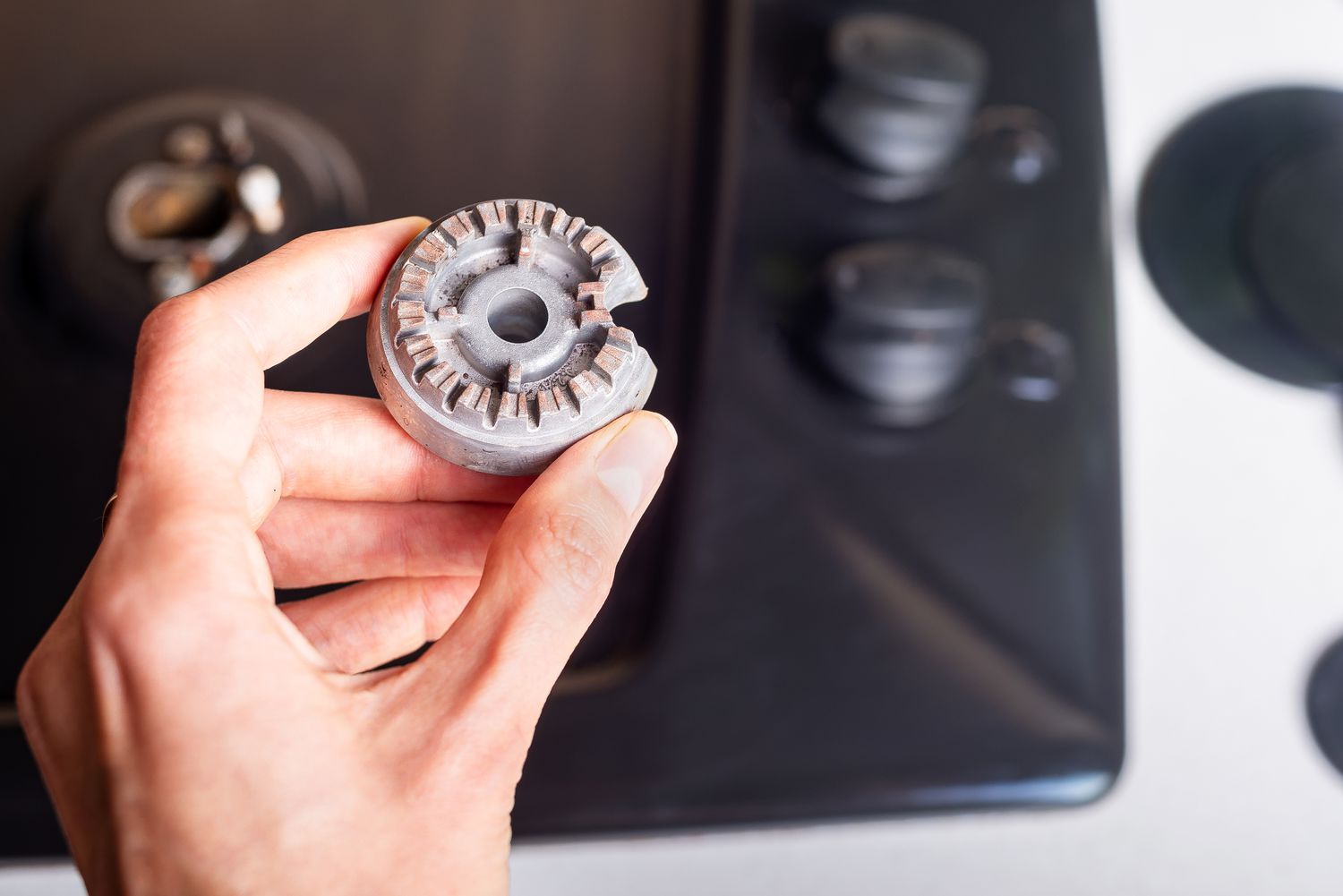
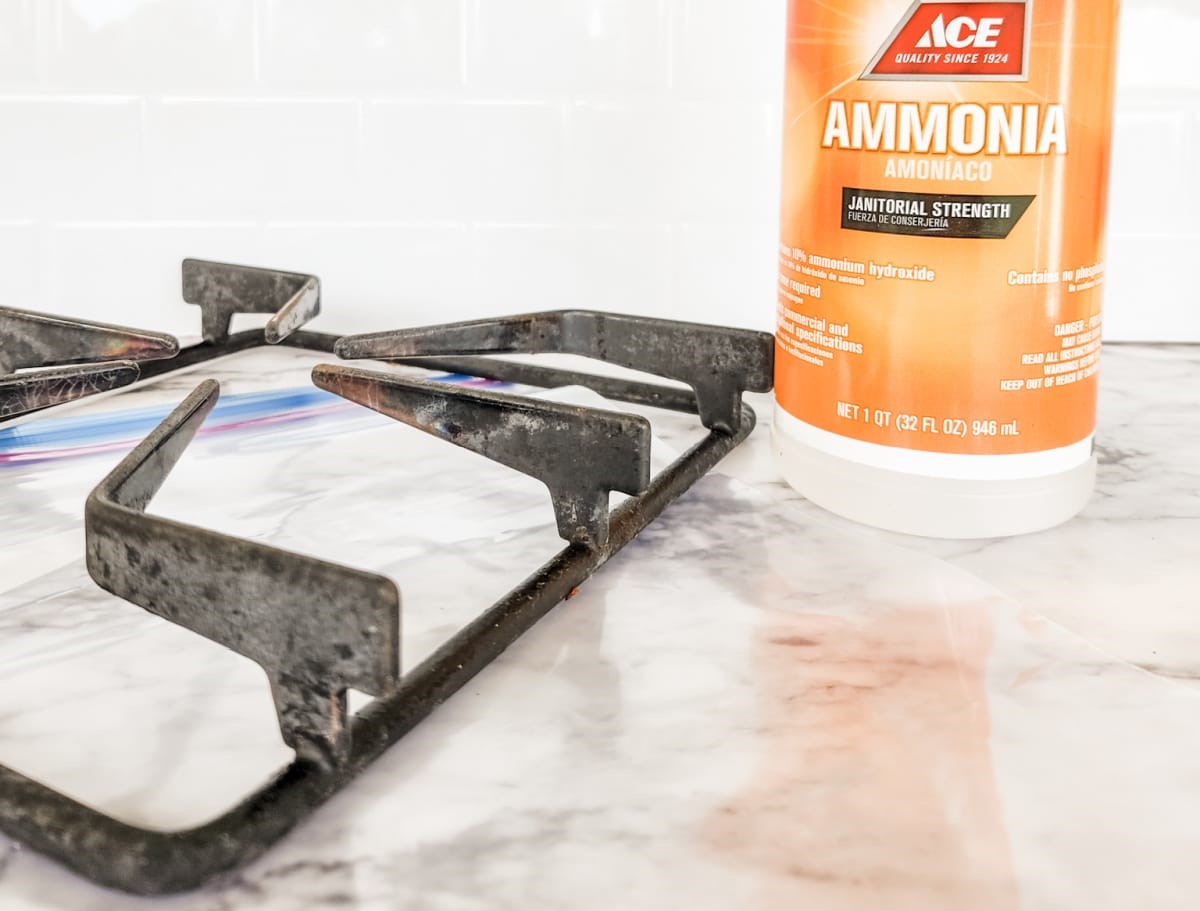
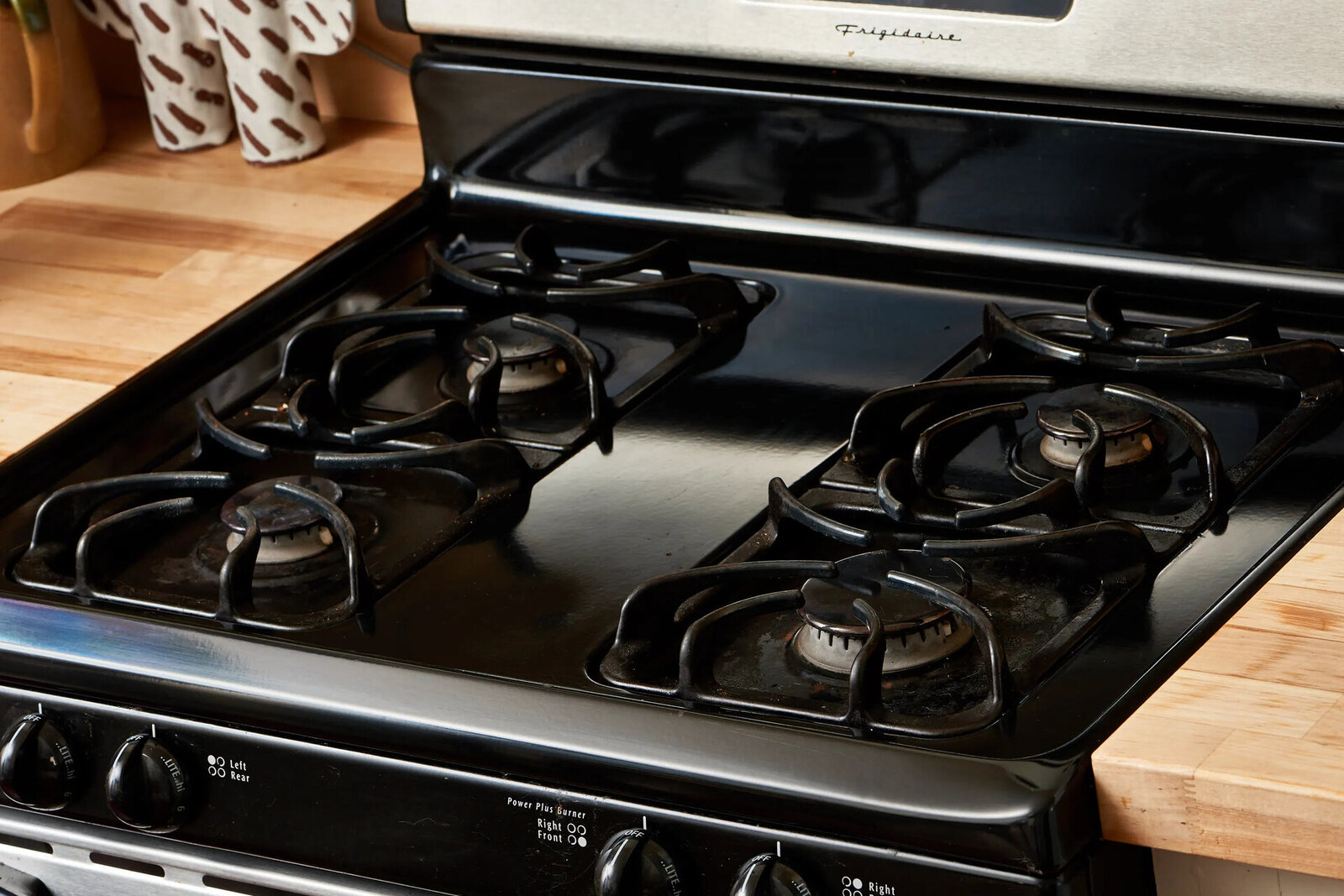

0 thoughts on “How To Clean Brass Stove Burners”